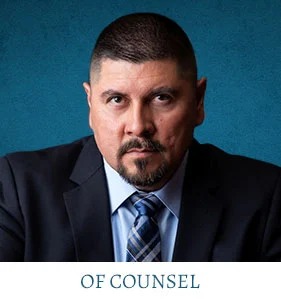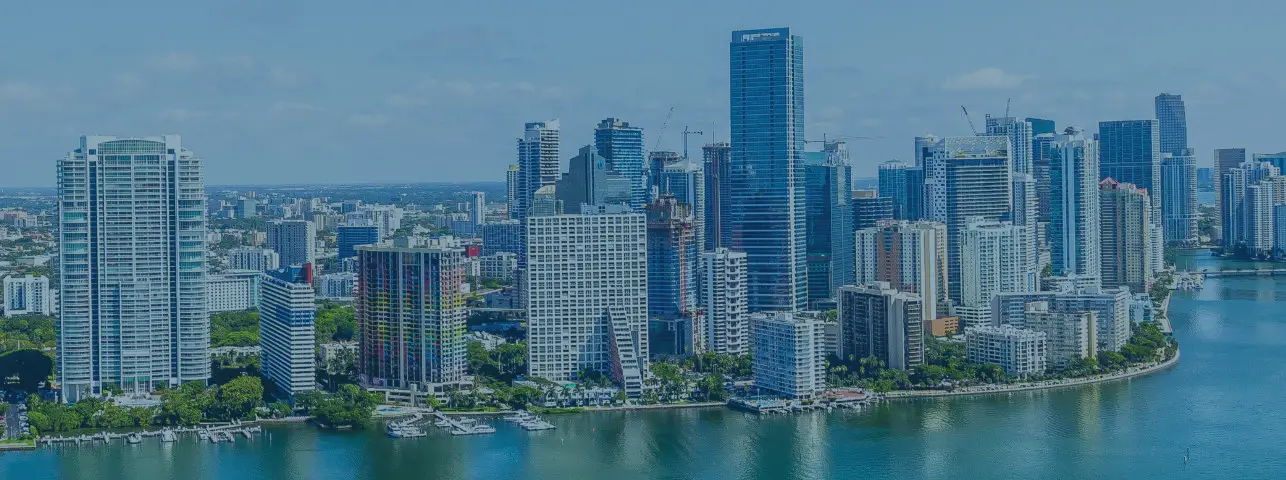Handling Cases Nationwide
An integral part of any fence is a gate – a means of accessing what is inside the fence from the outside (and vice versa). Most property owners who construct fences use gates to help them control who can enter the fence and who cannot. Pool owners are no different. Building appropriate fences and gates is an important step that a pool owner or property owner with a body of water on his or her property can take to protect children from injuries and him- or herself from legal liability.
What Type of Gate is Necessary Around a Pool or Other Body of Water?
Fences that surround pools and other bodies of water need to be constructed so as to make it difficult for children to go over, under, or through a fence and access the pool or water. Gates need to be equally strong and effective at deterring children. A strong and stable fence is of little use if the gate of the fence is weak and easily opened. To be effective, a gate should:
- Be constructed of the same or better materials as the fence and maintained regularly;
- Be low enough to the ground that children cannot slip underneath the gate and high enough that children cannot climb over the fence;
- Be locked or monitored so that trespassers and others not authorized to use the pool or water cannot access the pool or water through the gate.
Is a Property Owner Legally Liable for my Child’s Injuries?
If your child is injured in a pool accident, drowning or near-drowning incident, the pool owner may be responsible for compensating you if he or she did not take sufficient preventative measures to keep children from accessing the pool or water. This requires an evaluation of the strength and quality of the fence and especially the gate surrounding the pool. A gate may be found to be insufficient – and the pool owner liable as a result – if the gate:
- Is not properly attached to the fence and it is easily removable from its hinges;
- Is too low or too high off of the ground so that children can easily go over or under the gate;
- Is not securely latched or locked in such a manner that a child can easily open the gate;
- Is structurally weak.
Following your child’s injuries, try and take pictures of the gate and fence that surrounded the pool. If possible, do so before the pool owner has an opportunity to make repairs or improvements to the fence or gate. You should also talk to other neighbors who have children to learn if other children have been able to easily access the pool owner’s pool in spite of the fence and gate. All of this information can be helpful in establishing whether the fence and gate installed and maintained by the pool owner were sufficient to deter and protect children.
Where Can I Turn for Additional Help?
When your child is injured in a drowning or near-drowning incident while in or near the pool of a private property owner, it is often difficult for you and friends and family to determine if you have a legal case for compensation. This may cause you to neglect your legal rights until it is too late to assert them. That is what we at Zinda Law Group are here for. Contact us at (800) 863-5312 and meet with one of our drowning and near-drowning accident attorneys. We will review the facts of your case along with any photographs, videos, or other evidence you are able to collect and can advise you as to whether you may be entitled to compensation.

























